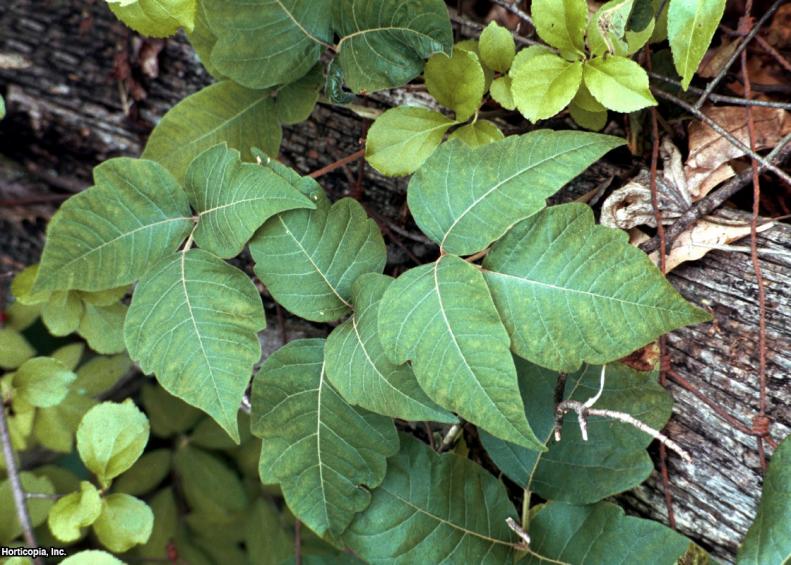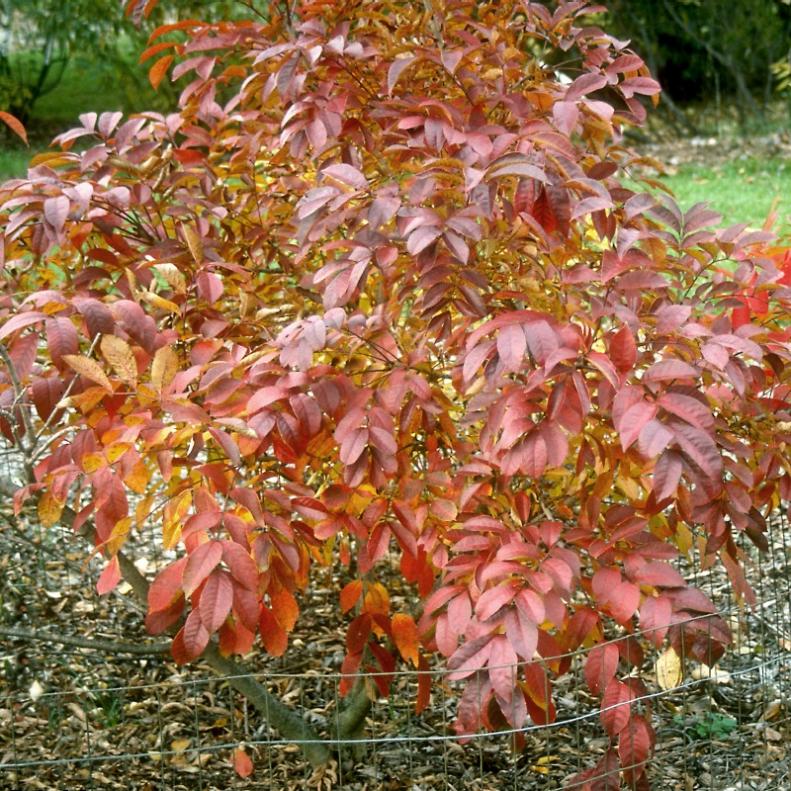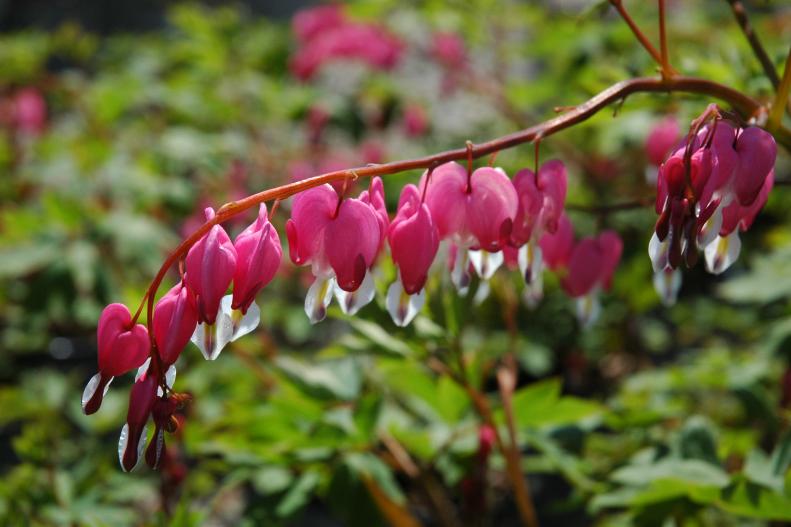1 / 26
Poison Ivy
Poison Ivy may be number one on everyone's short list of plants to watch out for in the yard. Knowing how to identify poison ivy (Toxicodendron radicans) is critical to steering clear of this plant, which can cause reactions in humans ranging from a red, itchy rash to blistering or even anaphylaxis.









